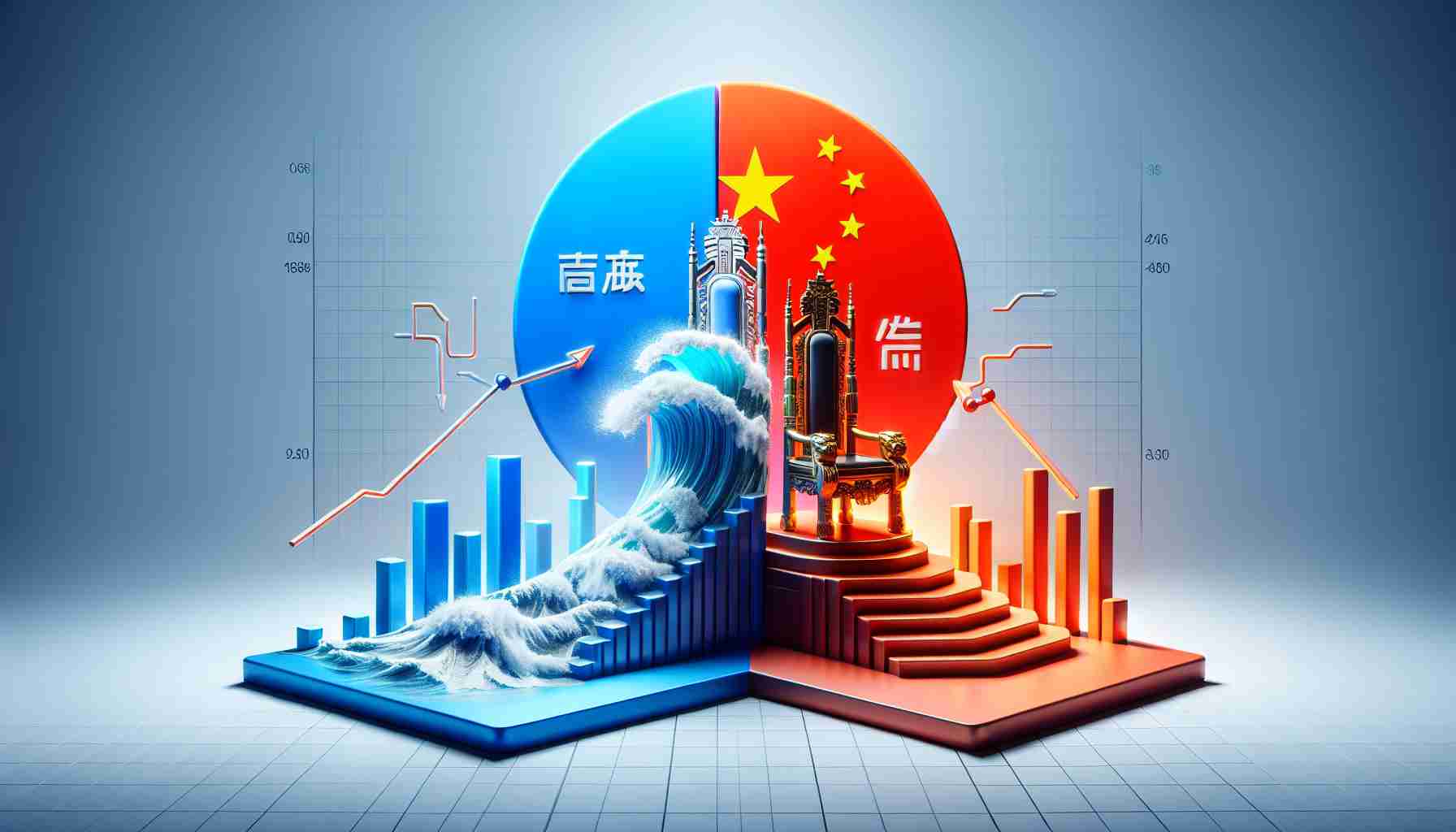Huawei Emerges as a Fierce Competitor in China’s Smartphone Arena
In an impressive display of market resilience, Huawei has surged ahead with a significant increase in smartphone sales in China. During the initial months of the year, the Chinese tech behemoth witnessed a 70% rise in its smartphone shipments—a stark contrast to Apple’s 19% plummet in the same period. This growth spurt propelled Huawei’s market share close to that of Apple, indicating a tough competition between the two tech titans in the world’s largest smartphone market.
Market Share Shifts Upset Apple’s Dominance
Once the top dog in the Chinese smartphone market, Apple has been dethroned by Vivo and outdone by the Huawei spin-off brand, Honor. Apple’s grip on the market withered to 15.7%, whereas Huawei, buoyed by nationalistic buying and advancements in technology, climbed to 15.5%. These shifts have underlined the increasingly competitive landscape in China’s smartphone sector.
Huawei’s Product Launches Tilt the Scales
Despite Apple’s attempts to reclaim market affinity through substantial price reductions on their iPhones, Huawei’s strategic product releases, such as the Pura 70 series and the advanced Mate 60 series, have captivated consumers’ attention. Touted as a victory against international pressures, the Mate 60 in particular, featuring an advanced homegrown chip, signified Huawei’s prowess in the high-end market segment.
Embarking on a path toward market leadership, Huawei is set to grab a 19% share in the Chinese market based on TechInsights’ projections, bolstered by enthusiastic reception for their new devices. Apple, nonetheless, holds potential for recovery as Counterpoint Research anticipates gradual improvements in iPhone sales and pro-active marketing moves that may reignite the brand’s appeal in the quarters ahead.
Key Challenges and Controversies:
One of the key challenges Huawei faces is navigating the political tensions and the sanctions imposed by several Western countries, the United States in particular. The US government, citing national security concerns, has placed Huawei on an entity list that restricts American companies from doing business with them. Despite this, Huawei has managed to increase its market share in China significantly. Another challenge is the ongoing development of its mobile operating system, HarmonyOS, which aims to reduce reliance on Google’s Android system following the US ban.
For Apple, one of the primary challenges in China is the increasing competition from local brands, which often offer high-quality smartphones at lower prices. Apple also has to contend with the fluctuation in US-China relations affecting its market position.
Advantages and Disadvantages:
Advantages for Huawei:
– Strong national support: Huawei benefits from a sense of national pride among Chinese consumers inclined to support domestic brands.
– Market adaptability: Huawei quickly adjusts its strategies to fit in the competitive Chinese market.
– Technology innovation: Despite restrictions, Huawei continues to innovate, particularly seen in their development of the homegrown chip for the Mate 60.
Disadvantages for Huawei:
– Global expansion is limited by international scrutiny and sanctions, particularly restricting their ability to access key technologies and markets.
– Dependence on the Chinese market has increased as international options have dwindled.
Advantages for Apple:
– Brand recognition: Apple enjoys a globally recognized brand associated with quality and innovation.
– Ecosystem Lock-in: Customers invested in the Apple ecosystem (i.e., using multiple Apple products and services) are less likely to switch to competitors.
Disadvantages for Apple:
– Price competition: Apple’s products are typically priced higher than those of many competitors, which can be a critical factor for price-sensitive consumers.
– Dependence on China for production: Political tensions and trade issues between the US and China can complicate the production and supply chain for Apple products.
For further information on Huawei and Apple, consider exploring the following official sites:
– Huawei
– Apple
The source of the article is from the blog agogs.sk
